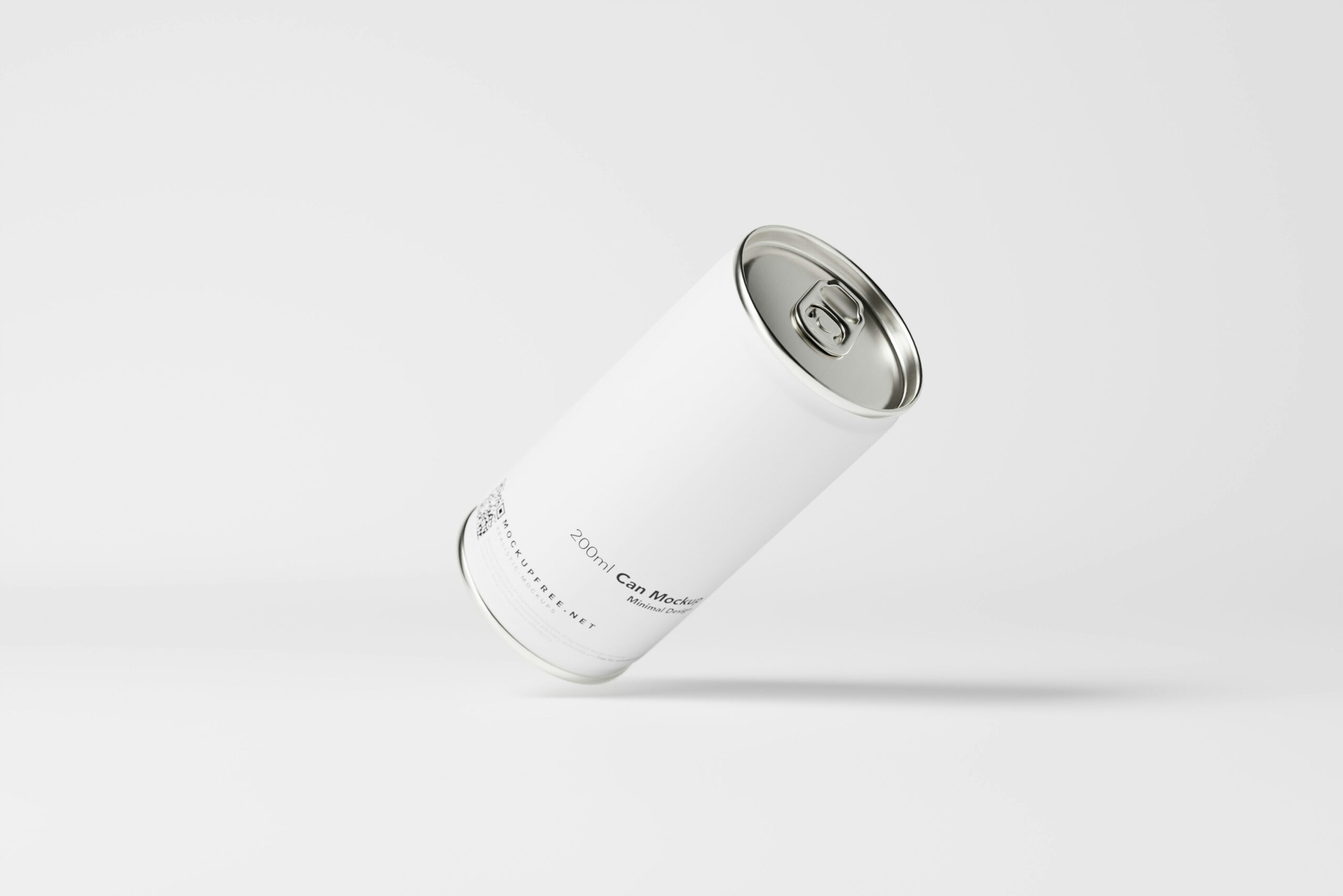Remember when Logan Paul and KSI, two of the biggest YouTubers, introduced Prime, the energy drink that went viral? That brief, bizarre period in 2022–2023 when it seemed like everyone was caught up in the frenzy?
If you’re over thirty or don’t share a home with a teenage boy, you might have missed the phenomenon. Thanks to online hype, the drink—offered in two categories: “hydration” and “energy”—became an overnight sensation, selling out in stores worldwide.
Its popularity sparked stories of people traveling great distances to get their hands on a bottle. Some stores even began selling them for hundreds of pounds due to the overwhelming demand.
The enigmatic status symbol
A Prime drink quickly became an elusive, enigmatic status symbol. Despite each can of Prime Energy containing 200 mg of caffeine—double that of a Red Bull and six times more than a Coke—the craze was driven by children and young people.

For those outside the Gen Z and Gen Alpha cohorts, energy drinks have always been seen as unappealing, evoking a sensory memory of the ring-pull’s click and hiss, the sickly-sweet aroma, the straw-colored liquid reminiscent of dehydrated urine, and the sherbet-like aftertaste that lingered with every energy drink-induced burp.
To many of us, the sight of an adult willing to spend the equivalent of a holiday on a fizzy drink endorsed by someone like Logan Paul—a man whose most controversial post to date involved a video of a dead body—was a turning point. It marked the moment when energy drinks were officially labeled as “uncool” and, by association, their consumers too.
Health risks and market trends
While the hysteria over Prime has subsided, the younger generation remains unfazed. In fact, teens in the UK consume more energy drinks than any other young people in Europe for their age group—more than a liter each month.
Despite mounting evidence of the significant health risks associated with caffeinated energy drinks, one-third of children in the United Kingdom consume them weekly. These products are often packed with high levels of sugar, taurine, and guarana, which can affect blood pressure, heart rate, and other cardiac functions, in addition to their high caffeine content.
Recent research from the Mayo Clinic has identified an increased risk of arrhythmias, or irregular heartbeats, associated with energy drink consumption. Seven out of 144 people who experienced a cardiac arrest had consumed an energy drink just before their heart stopped, leading researchers to caution those with underlying heart conditions to avoid these beverages.
But that’s just the beginning. A report titled “The Dark Side of Energy Drinks” from the University of Pisa and Sapienza University of Rome, published last year, highlighted additional potential effects, including anxiety, gastrointestinal issues, dehydration, and tachycardia—defined as a heart rate exceeding 100 beats per minute at rest.
Another study released in January found that teenagers who consume energy drinks are more likely to suffer from sleep disturbances, which can increase their risk of developing serious mental health issues like anxiety, depression, and suicidal thoughts. It has also been linked to poorer academic performance among young people.
Despite these risks, much of the energy drink market seems to target children and teenagers, much like the vaping industry. Brightly colored packaging, kid-friendly flavors like “strawberry watermelon” and “ice pop,” and marketing tie-ins with youth-oriented activities are all strategies to appeal to the younger demographic.
Brands like Pulse and Rockstar Energy Drinks have aligned themselves with bands and music events, while Red Bull and Monster have partnered with adrenaline-fueled extreme sports, and G-Fuel with gaming and e-sports.
The uncool aftermath
Energy drinks will always be associated in my mind with my time as a student—buying a large bottle of whatever off-brand Red Bull was cheapest to fuel a late-night study session. Whether you used these overly strong, coffee-based drinks to stay awake or party, the aftermath was always the same: wired but exhausted, jittery, slightly nauseous, with a racing heart.

In the years to come, I can only hope that energy drinks become part of a bygone era—products that are universally recognized as uncool. Because generational divides aside, we can all agree that they don’t taste that good, and that cardiac abnormalities and mental health issues are far from cool.
(Tashia Bernardus)
